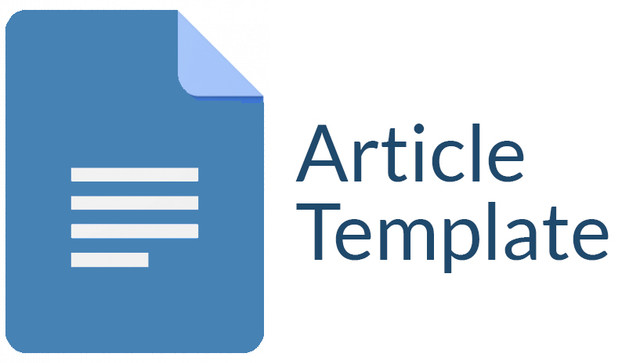Pengembangan Modul Pembelajaran English for Communication Vokasi Menggunakan Model Integrated Performance Assessment
Keywords:
Module Development, English for Communication, Vocational Education, Integrated Performance Assessment (IPA), Communication SkillsAbstract
This study aims to develop an English for Communication module based on the Integrated Performance Assessment (IPA) model for vocational programs and evaluate its effectiveness in improving students' English communication skills. With globalization accelerating, English communication skills have become crucial in the workplace, especially for vocational graduates. The IPA model integrates interpretation, interaction, and presentation, providing an authentic and practical approach to assessing students' English skills in professional contexts. This research utilizes a Research and Development (R&D) method based on the Borg and Gall model, which includes planning, product development, testing, and revisions. The expected outcome is a module that is relevant to the needs of the workforce and enhances students' English communication skills, measured through increased test scores and positive student feedback. This research contributes to the development of vocational education that aligns with industry demands.
Downloads
References
Bachman, L. F., & Palmer, A. S. (1996). Language Testing in Practice: Designing and Developing Useful Language Tests. Oxford University Press.
Graddol, D. (2010). English Next: Why Global English May Mean the End of ‘English as a Foreign Language’. British Council.
Hutchinson, T., & Waters, A. (1987). English for Specific Purposes: A Learning-Centered Approach. Cambridge University Press.
Jenkins, J. (2014). English as a Lingua Franca in the International University: The Politics of Academic English Language Policy. Routledge.
Lee, J. (2018). The Challenges of English for Specific Purposes in Vocational Education. Journal of Language and Education, 31(2), 55-70.
Liu, Y. (2019). Developing Effective Communication Skills for Vocational Students: A Study on English Teaching Methodology. Vocational Education Review, 15(1), 45-61.
Liu, Z., & Zhou, L. (2021). Implementing the Integrated Performance Assessment Model in English Language Teaching for Vocational Students. International Journal of Education and Language, 29(3), 178-190.
Long, M. H. (2015). Second Language Acquisition and Task-Based Language Teaching. Wiley-Blackwell.
Maisarah, N. (2021). Pengembangan Modul Pembelajaran IPA Berbasis Etnosains Melayu untuk Meningkatkan Pemahaman Siswa tentang Lingkungan. Jurnal Pendidikan IPA, 6(2), 45-58.
Marsini, M., & Suhartanto, A. (2019). Pengaruh Kompetensi Pegawai Terhadap Kinerja Pegawai Universitas Doktor Nugroho Magetan. Jurnal Eduscotech, 1(1), 23-35.
Prabhu, N. S. (2008). Second Language Pedagogy: A Theoretical Perspective. Oxford University Press.
Robinson, P. (2003). Task-Based Language Learning: A Review of Research and Methodology. Cambridge University Press.
Tinsley, T., & Nilsen, J. (2017). The Language of Business: English Communication for Vocational Students. Cambridge University Press.
Wang, Y. (2017). The Role of English for Specific Purposes in Vocational Education. Journal of Vocational Education Studies, 10(4), 24-38.
Downloads
Published
Issue
Section
License

This work is licensed under a Creative Commons Attribution-ShareAlike 4.0 International License.
Authors who publish with this journal agree to the following terms:
1. Copyright on any article is retained by the author(s).
2. The author grants the journal, right of first publication with the work simultaneously licensed under a Creative Commons Attribution License that allows others to share the work with an acknowledgment of the work’s authorship and initial publication in this journal.
3. Authors are able to enter into separate, additional contractual arrangements for the non-exclusive distribution of the journal’s published version of the work (e.g., post it to an institutional repository or publish it in a book), with an acknowledgment of its initial publication in this journal.
4. Authors are permitted and encouraged to post their work online (e.g., in institutional repositories or on their website) prior to and during the submission process, as it can lead to productive exchanges, as well as earlier and greater citation of published work.
5. The article and any associated published material is distributed under the Creative Commons Attribution-ShareAlike 4.0 International License









